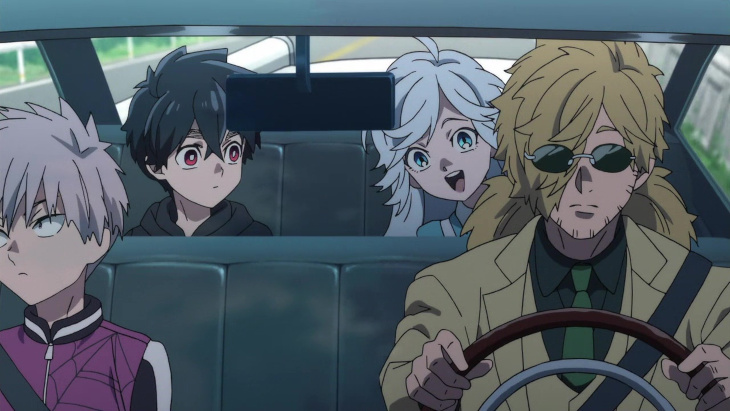
“I learned that love is a kind of light. You taught me that my life can have meaning.”
Kemono Jihen had one of my favorite premieres of the season. However, this came with a very slight sense of disappointment as, honestly, I think the premiere remains the best episode of the show. That first episode only featured two of our main characters and was set in rural Japan. The introduction of the remainder of our leads and the move to Tokyo results in something of a shift in the tone of the series, and while it remains quite good, I feel the show loses something special in the process. There is a thoroughly unique quality to that premiere which quickly transitions to a more traditional shonen format. It’s still dark and quirky in its stylings, but Kemono Jihen aims to be a bit sillier than it initially lets on, and this leads to what I consider to be the show’s one key flaw.
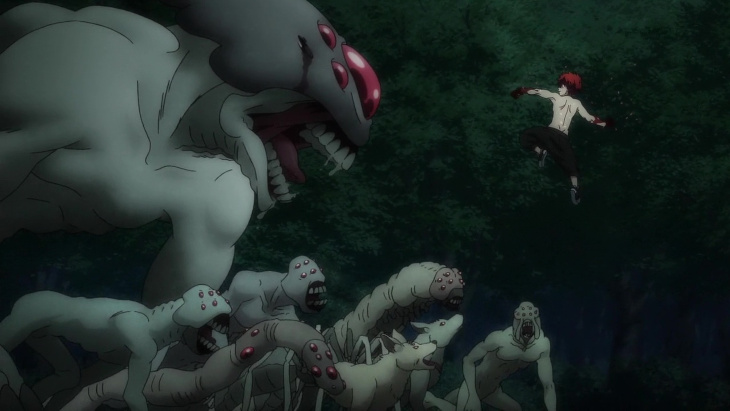
Kemono Jihen follows the members of the Inugami Strangeness Consultancy office. They specialize in handling incidents where humans encounter monsters and act as mediators who aim to work for the benefit of both parties whenever possible. They’re led by the eponymous Inugami, a powerful tanuki who takes the form of a middle-aged man. The rest of the office consists of Kabane, a half-ghoul who we meet in the first episode, Shiki, a surly half-Arachne, and Akira, a cheerful and effeminate boy who is a rare male yuki-onna, or snow spirit. Given that much of the cast consists of children, it’s not surprising that many of the interactions come off as rather childish, like a series targeted towards younger audiences. However, this stands in contrast with some of the disturbing circumstances that the crew face off against. Kabane’s abilities as a half-ghoul allow him to recover from extreme injuries, and while much of the action is bloodless, it’s not unusual to see him get dismembered or heavily injured. So on one hand, we’ll have instances of children learning basic lessons of interactions, like how someone’s usefulness is not defined simply by what they’re physically capable of, but also what they bring to the social dynamics of a group. On the other hand, we have darker twisted interactions between humans and monsters which touch upon subjects like sexual abuse and exploitation. Both aspects are done well enough that, on their own, I wouldn’t find them to be frustrating, but when combined together in the same series they feel at odds.
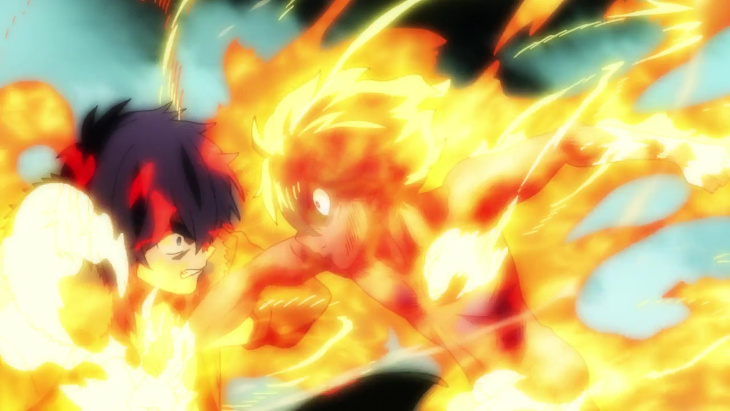
Outside of our four main leads, there are a couple of other recurring characters. Most of them are kitsune, and I’m not completely a fan of that bunch. There are three kitsune introduced through the course of the show, and their human appearances are presented as illusions that can be shed whenever they get angry or are focused on something else. However, I find something about their actual fox appearances off-putting and not in a way that feels intentional. I spent quite a while trying to put my finger on what it was that I didn’t like about their designs, and I think it’s that when they transform their heads become entirely vulpine, but their bodies maintain humanoid proportions. One of these kitsuni, Inari, appears to be something of an antagonist, but this season keeps playing a bit coy as to her actual role. She and Inugami have something of a truce in place, though she doesn’t usually take much direct action outside of her initial appearance. Most of the cases our cast deal with are pretty simplistic, and only a few work as mysteries. There is a good one involving Shiki’s attempts to learn about what happened to his parents, but many of the other storylines can be dismissed as competent, but mildly forgettable cases-of-the-week.
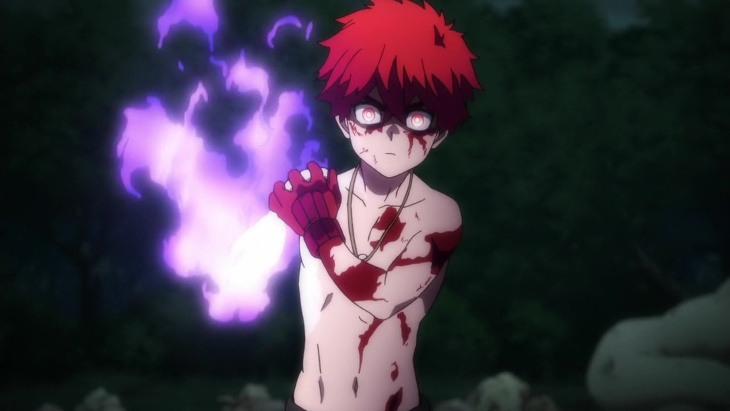
The animation is handled by Ajia-do Animation Works and I can’t say I have many complaints. The few grievances that I have which pertain to the visuals can likely be attributed to the styling of the source material. The production may lack some of the flourishes one would expect from a studio like Bones or MAPPA, but Ajia-do is still a veteran studio and it shows in the quality of the animation. The opening is fine. It wasn’t included in the first episode, so I didn’t get a chance to comment on it at the time, but I’m willing to go so far as to say I’m underwhelmed by it. It functions fine as a shonen opening, but it doesn’t linger in my memory for more than a few minutes. The same goes for the ED as well. I don’t dislike either of them, but whenever I try to recall either of them, my mind draws a blank.
Before I wrap up, a few Notes and Nitpicks:
- It occurs to me that the strongest episodes of the season occurred in rural Japan, while I found the episodes that took place in the city to be a bit less interesting. Kemono Jihen does a good job of depicting those regions and capturing a slightly unsettling quality that areas outside of the city can have. I hope future seasons take advantage of those strengths.
- There is a young girl named Aya who is introduced about halfway through the season, and I am NOT a fan of her second wardrobe. She changes her clothes after she is introduced. To put it bluntly, I find her attire creepy, and not in a good way, as she seems to be aiming to dress like an adult.
- It’s a little weird how little Inugami has to do with the events of this season. Circumstances have an odd way of taking him out of the equation, which results in a lot of scenarios where children are being sent off to deal with disturbing situations on their own.

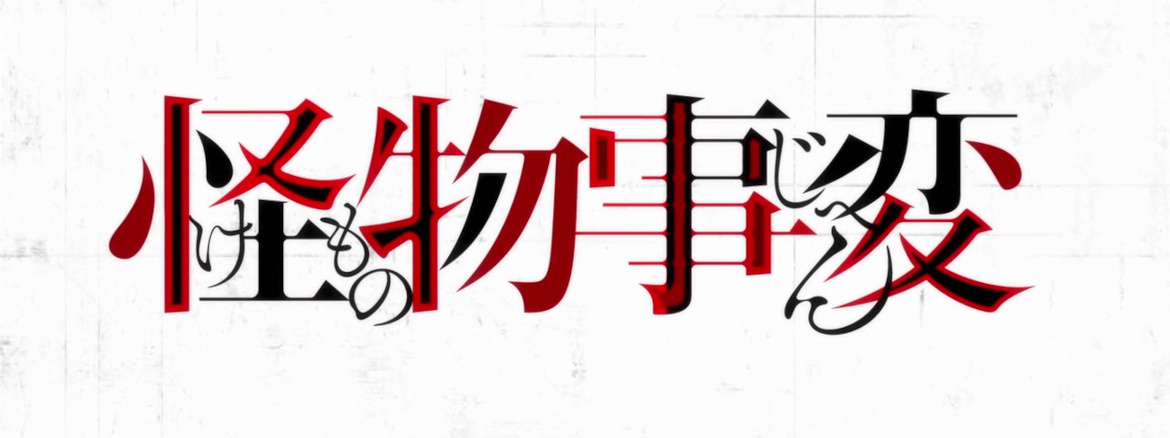
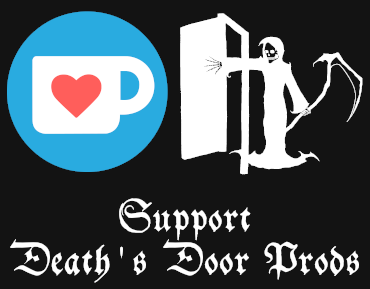

Add comment